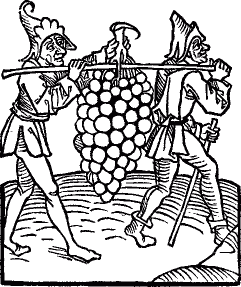
Cost: 2 points
Statistics: M(4) WS(2) BS(2) S(3) T(3) W(1) I(3) A(1) Ld(6)
Unit Strength: 20+
Starting Weapons And Armour: Hand Weapon.
Options: Any unit may be given shields (+1 pt per model) or an additonal hand weapon (+2 pts per model), any unit may be upgraded to Militia(+2 pt per model). Models may also be armed with Shortbows (+1 pt per model) or Bows (+3 pts per model)
- One model may be upgraded to Musician for +5 points.
- One model may be upgraded to Champion for +10 points.
Special Rules: Peasantry, Untrained.